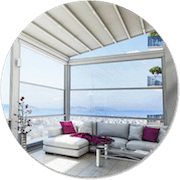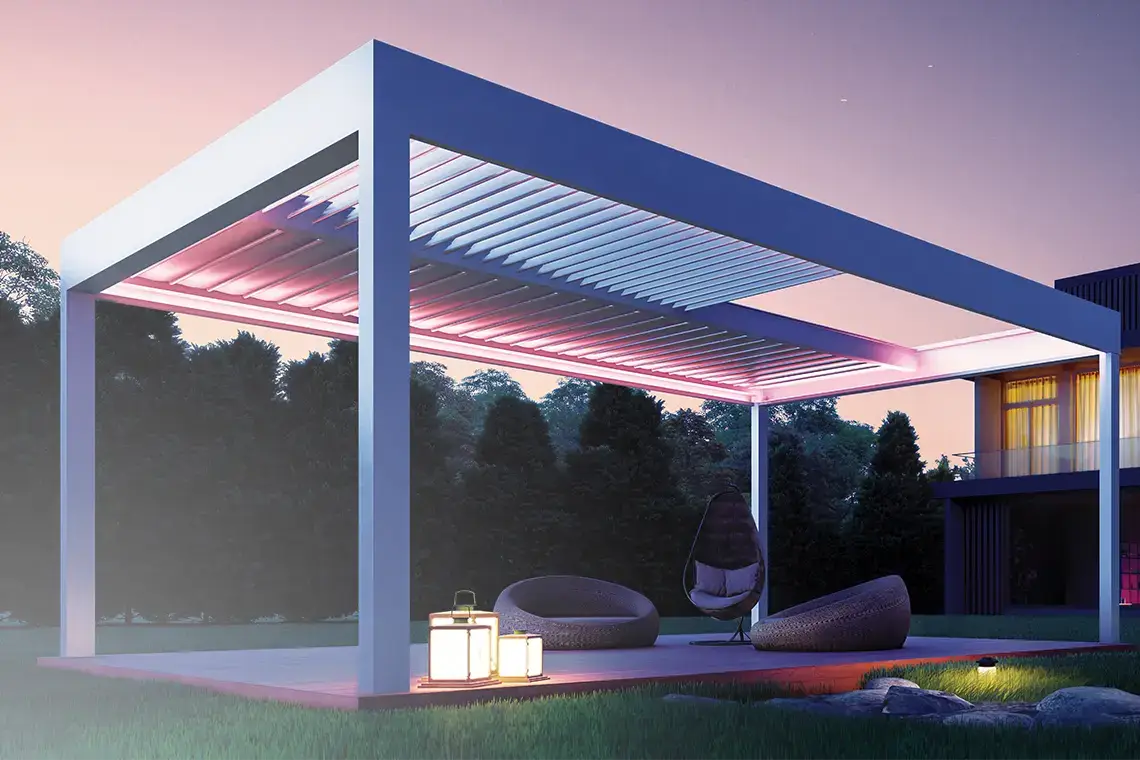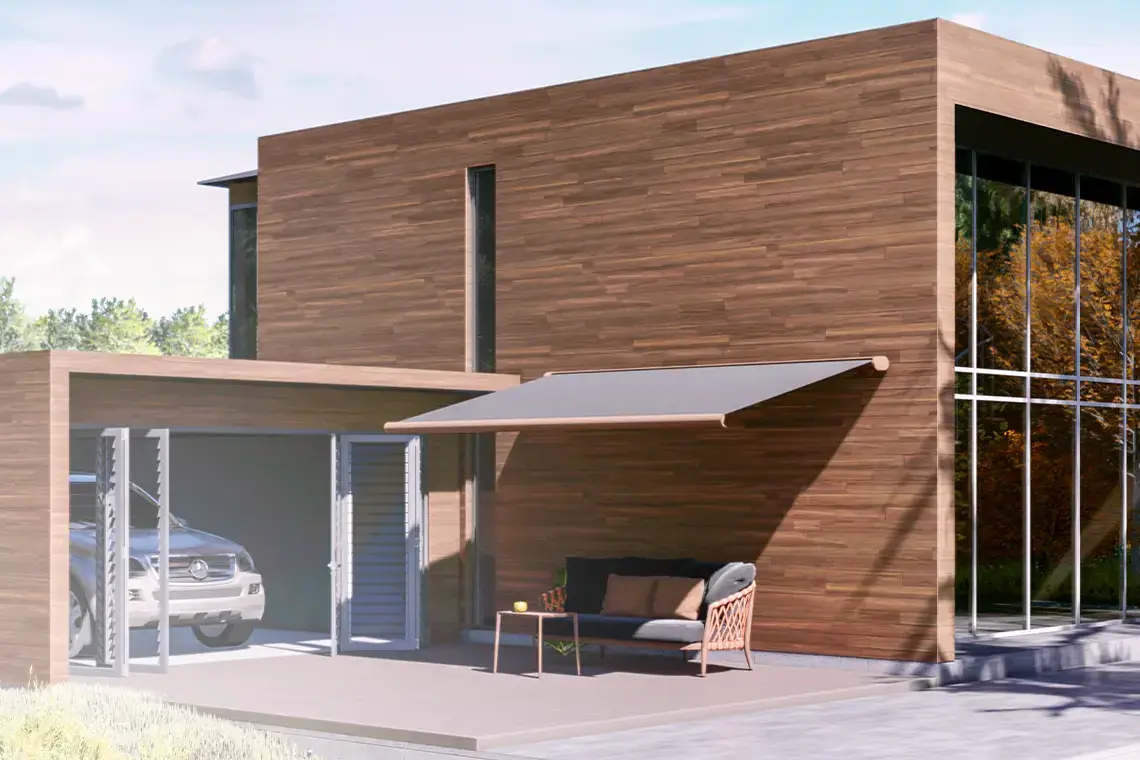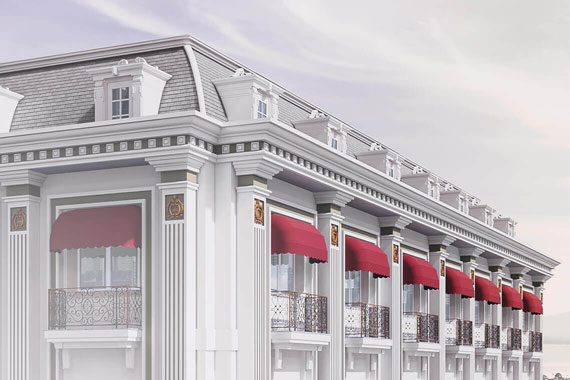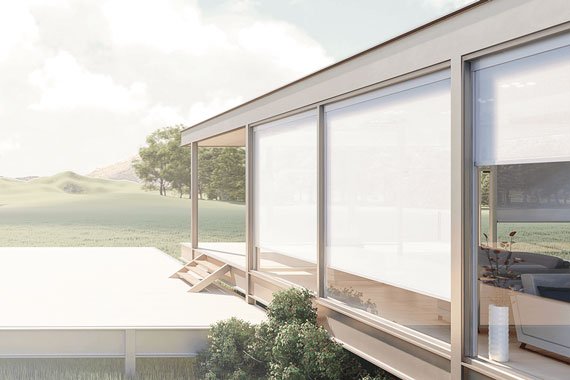Are Sunrooms Considered Living Space? Key Facts for Homeowners
Are sunrooms considered living space is a question many homeowners ask when planning to enhance their home’s functionality and value.
Whether you’re looking to expand your usable square footage or increase your property’s resale appeal, understanding how sunrooms are classified plays a crucial role in making smart renovation decisions.
What Makes a Sunroom Qualify as Livable Space?
For a sunroom to be legally and practically classified as living space, several criteria must be met, typically governed by local building codes and real estate valuation standards. One of the key aspects is year-round usability. If a space is only usable during warmer months due to lack of insulation or heating, it may not qualify. In many municipalities, for a sunroom to count toward the official square footage of a home, it must be heated using the same system as the main house and meet the same structural and safety codes as other interior rooms. This includes proper ceiling height, finished flooring, electricity, and often even egress requirements.
In addition to structural standards, the space must also be accessible from the main part of the house without the need to go outside. A fully enclosed room with windows and access from the home’s interior increases the chance of it being considered a livable space. Real estate appraisers and tax assessors often refer to these guidelines when determining if a sunroom adds to the value or living area of the home. Homeowners should consult their local zoning laws and a real estate professional to confirm the specifics, as rules can vary significantly depending on region and property type.
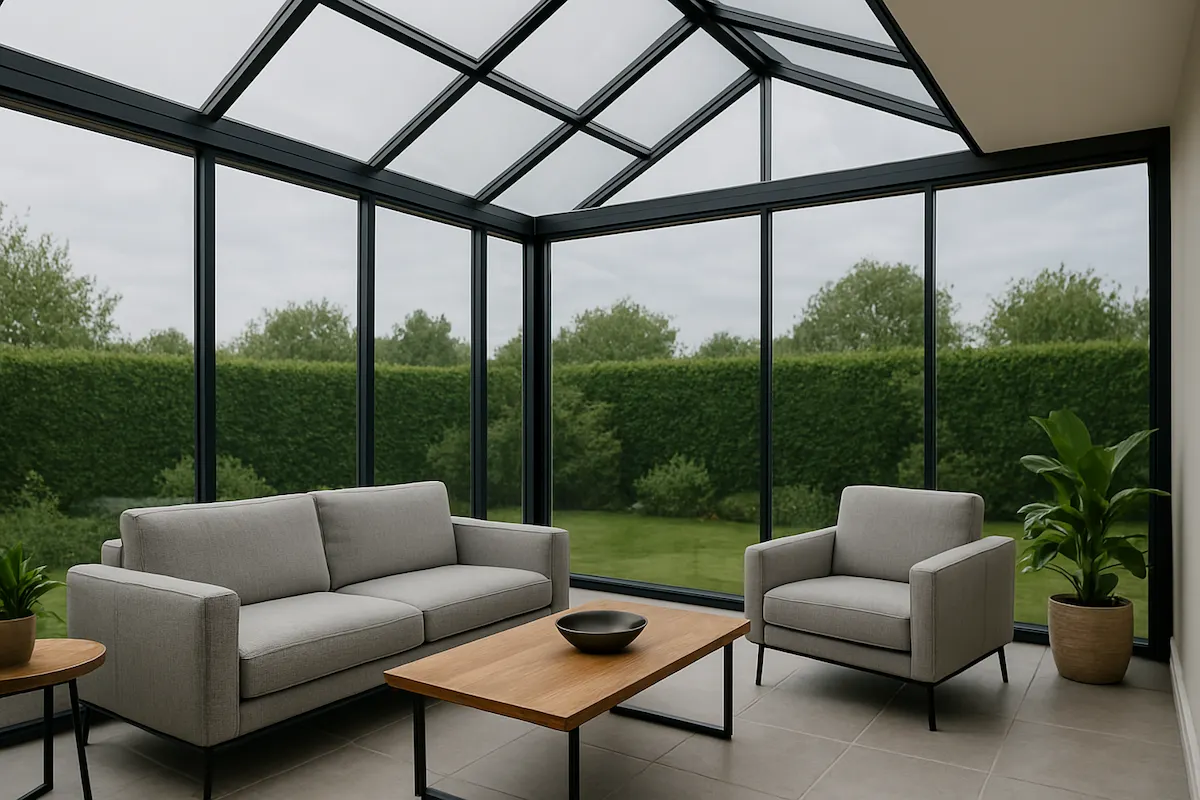
Heating, Insulation, and Design: The Essentials of Livable Sunrooms
Creating a sunroom that qualifies as livable space is about more than just adding glass walls and a nice view—it requires thoughtful integration of heating, insulation, and design. Insulation is one of the first areas to address, especially in climates with seasonal temperature changes. Walls, roofs, and even the floor of the sunroom must be insulated to the same standard as the rest of the house to prevent energy loss and ensure comfort. Double- or triple-glazed windows are also crucial in maintaining a consistent indoor temperature.
Heating systems are another core requirement. If the sunroom doesn’t connect to your central HVAC system, you may need to install a dedicated unit, such as a mini-split heat pump or baseboard heater, which meets building code requirements. Similarly, the design and construction materials should support all-season use. Many modern Conservatory System options, such as those offered by Tenteks, provide high-performance glazing and durable framing, making it easier to create a comfortable, year-round space that blends seamlessly with your home.
Design-wise, a sunroom should feel like an extension of the home’s interior. Using consistent flooring, lighting, and interior finishes helps bridge the aesthetic and functional gap between the original house and the addition. Done correctly, these choices not only increase comfort but also improve the sunroom’s potential to be appraised as part of your official living space.

Why Consider Adding Sunrooms?
Here are the key reasons why adding a sunroom is a smart investment for homeowners:
Enhances Everyday Living
- Provides a bright, peaceful space filled with natural light.
- Offers the feeling of being outdoors without exposure to insects or harsh weather.
- Ideal for relaxing, reading, enjoying breakfast, or practicing yoga.
- Can be adapted for use as a home office, indoor garden, or playroom.
Adds Value to Your Home
- When built to local code and connected to your main HVAC, it can be counted as official living space.
- Increases usable square footage, positively affecting home appraisals.
- Energy-efficient features and modern finishes make it appealing to buyers.
A Smart, Long-Term Upgrade
- A high-quality conservatory system, like those from Tenteks, adds superior insulation and elegant design.
- Ensures year-round comfort and durability, blending seamlessly with your home’s architecture.



